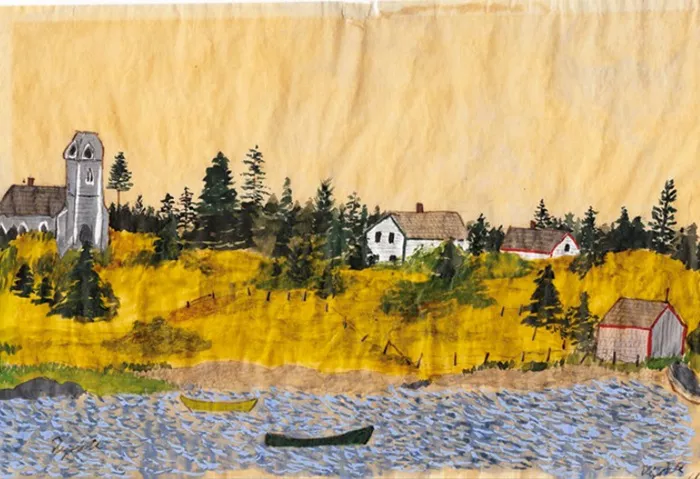Welcome to Poem of the Day – Cape Breton by Elizabeth Bishop
Elizabeth Bishop, a renowned American poet known for her clear-eyed observation of the natural world and precise use of language, often weaves vivid imagery and emotional depth into her works. One such poem, “Cape Breton,” stands as a prime example of her skill in capturing the essence of a place, infusing it with personal resonance while remaining rooted in specific details. In this article, we will explore Bishop’s “Cape Breton” and offer an explanation of its themes, structure, and emotional depth.
Cape Breton Explanation
Understanding the Poem’s Setting
“Cape Breton” is set in a specific geographical location, the island of Cape Breton in Nova Scotia, Canada. The poem reflects the poet‘s experience in this unique, rugged environment. The natural landscape plays a central role in the poem, as Bishop describes it with a sharp eye for detail. She observes the island’s geography and its elements, such as the cliffs, the sea, and the sky, creating a vivid mental image for the reader.
The landscape is not merely a backdrop, though. It functions symbolically, with Bishop subtly intertwining the land’s harsh beauty with the emotional undercurrents of the poem. Her descriptions carry a weight that suggests both physical and emotional journeys, reflecting a sense of alienation and longing.
Analyzing the Structure
The poem is composed of short, concise stanzas, each capturing a moment of observation or reflection. Bishop’s control over line length and rhythm allows the natural flow of the landscape to guide the reader’s eye, moving from one image to the next, yet maintaining an underlying cohesion.
The structure complements the tone of the poem, with its seemingly casual yet deliberate arrangement. Bishop’s use of enjambment, where sentences flow beyond the stanza break, mirrors the continuous flow of the landscape, reinforcing the idea that nature is unbroken, ever-present, and sometimes overwhelming.
Themes of Isolation and Reflection
One of the most prominent themes in “Cape Breton” is isolation. The poem speaks of the solitude found within nature, and how it mirrors the speaker’s internal emotional state. The references to the island’s cliffs and isolated terrain evoke a sense of being apart, not only from society but also from the comfort of familiarity. Yet, this isolation is not entirely negative; it allows for deep reflection and connection with one’s surroundings.
Bishop’s poetry often explores themes of emotional distance, and in this case, the physical separation of the speaker from the island serves as a metaphor for inner emotional isolation. The isolation in Cape Breton is both physical and mental—offering space for reflection on both the self and the world.
The Role of Memory
Bishop also imbues the poem with a sense of memory. The past is often a key element in her work, and “Cape Breton” is no exception. The speaker in the poem seems to be looking back at an experience, possibly a visit to the island, and reflecting on the emotions it stirred. The island’s isolation and rugged beauty seem to embody the poet’s personal memories, which have grown more poignant and complex over time.
By merging the physical landscape with the emotional landscape of memory, Bishop creates a poignant connection between the external world and internal emotions. The poem becomes as much about the experience of remembering as it is about the immediate experience of being in Cape Breton.
Conclusion
“Cape Breton” exemplifies Bishop’s ability to use natural imagery to explore deeper emotional terrain. The landscape of Cape Breton serves as both a literal setting and a metaphor for the emotional isolation and reflection that the speaker experiences. Through careful attention to detail, control of form, and a subtle intertwining of personal memory with the natural world, Elizabeth Bishop invites readers to engage with both the beauty and the solitude of this remote place.
This poem reminds us that nature has the power to evoke deep reflection. In its isolation, it offers a space for introspection and, ultimately, understanding. Bishop’s “Cape Breton” is not just a description of a place, but a meditation on how place and memory shape the human experience. Through her careful language and subtle emotional layering, she creates a vivid and resonant exploration of both the external world and the inner workings of the heart.

